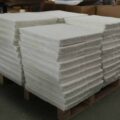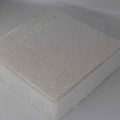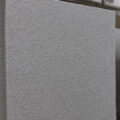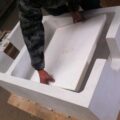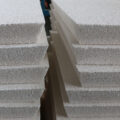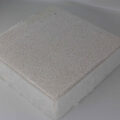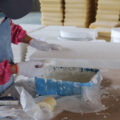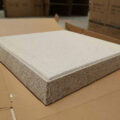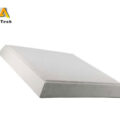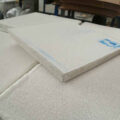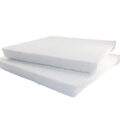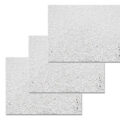The alumina foam ceramic filters can effectively remove micron-sized impurities in the aluminum melt, making the aluminum water a stable laminar flow, which is good for filling. The ceramic foam filter has good mechanical strength and chemical stability, and excellent aluminum corrosion resistance. Strictly control the pore size and through-hole rate to obtain a stable filtration effect. Sealing with ceramic fiber gasket helps to seal the filter plate in the filter box to ensure that there is no bypass of molten metal.
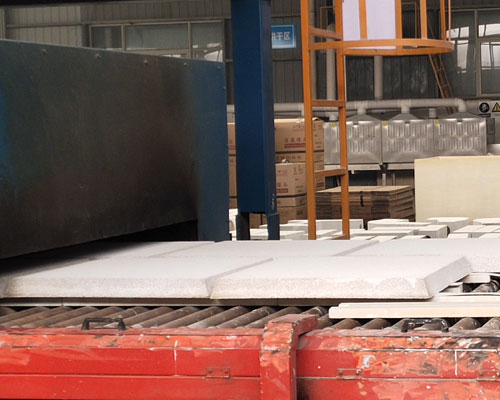
There are many reasons for aluminum pollution
On the one hand, during the melting process, aluminum is exposed to the atmosphere in the furnace in a molten or semi-molten state. It is easily oxidized, reacts with water vapor to absorb hydrogen, and easily forms various forms of non-metal: metal slag (such as furnace lining fragments, chlorine Carbides, carbides in flux, etc.) and coarse intermetallic particles.
On the other hand, some wastes that make up the charge will bring some non-aluminum impurities in the recycling process, because these wastes come from process wastes and wastes in each process of this factory and wastes outside the factory, so the routes are different and the composition is complicated. The quality is also very poor. These impurities usually cause bubbles and inclusions in the slab, which seriously affects the purity of the molten metal, and further affects processing performance, mechanical properties, corrosion resistance and product appearance quality.
The alumina foam ceramic filters are very important to improve the quality of the aluminum alloy melt, which greatly affects the subsequent processing performance and the quality of the final product. Therefore, all countries in the world attach great importance to the purification of aluminum melt.
The cast ceramic foam filter is made of polyurethane foam and is immersed in a ceramic slurry made of ceramic powder, binder, sintering aid, suspending agent, etc. The excess slurry is then extruded so that the ceramic slurry is uniformly applied to the carrier skeleton, and the green body is dried and sintered at high temperatures. This method is also known as the organic foam impregnation method, and is currently a common foam ceramic production method.

